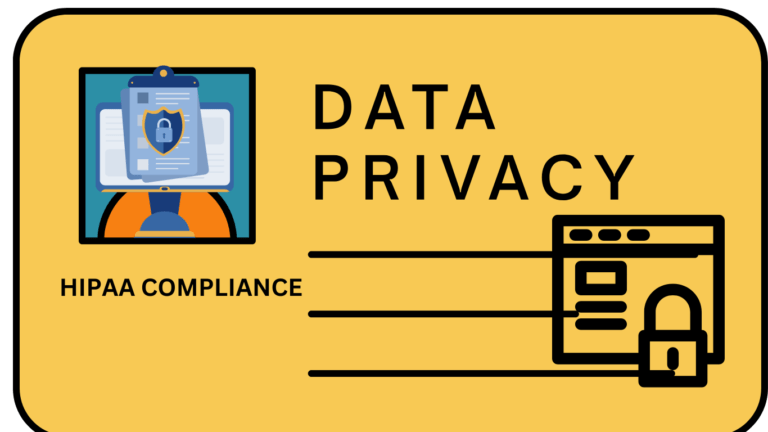HIPAA-Proof Your Practice: Privacy, Security & Compliance Simplified:
In today’s digital healthcare perspective, secure patient details are more important than ever, with more cyber issues and strict control. Make sure your practice with HIPAA compliance is more important. Still tracking the difficulty of privacy, security, and compliance can be complex. Luckily, with the proper strategies you can secure your details and maintain privacy.

What is HIPAA, and why does it matter?
The Health Insurance Portability and Accountability Act (HIPAA) was enacted in 1996 to protect sensitive patient information. It sets standards for how healthcare providers, insurers, and their business associates handle and share protected health information (PHI). Failing to comply with HIPAA can lead to hefty fines, legal repercussions, and a damaged reputation.But compliance isn’t just about avoiding penalties; it’s about building trust. When patients know their data is safe, they feel more confident in your care.
Key Components of HIPAA Compliance
To make your practice HIPAA-proof, you need to address three core areas: privacy, security, and compliance. Let’s break them down.
1. Privacy: Protecting Patient Information
Privacy rules under HIPAA regulate how PHI is used and disclosed. This includes patient names, addresses, social security numbers, medical records, and financial information.
To strengthen privacy:
Limit PHI access: Only authorized staff should handle sensitive information. Implement strict access controls.
Use consent forms: Always obtain written patient consent before sharing their data with third parties.
Secure communication channels: PHI exchanges should not take place via unencrypted email or text message. Instead, use HIPAA-compliant messaging platforms.
Tip: Train your staff regularly on privacy policies to prevent accidental breaches.
2.Security: Safeguarding Electronic Data
HIPAA’s Security Rule focuses on protecting electronic protected health information (ePHI) through administrative, physical, and technical safeguards.
To enhance security:
Encrypt all data: Use end-to-end encryption to protect patient information during transmission.
Enable multi-factor authentication (MFA): Adding an extra layer of security reduces unauthorised access risks.
Regularly update software: Outdated systems are more vulnerable to breaches. Keep your EMR and practice management software updated.
Conduct security risk assessments: Identify and fix vulnerabilities before they become threats.
Pro Tip: Using OpenEMR or other HIPAA-compliant EMR systems can significantly improve data security and streamline compliance.
3. Compliance: Staying Audit-Ready
HIPAA compliance isn’t a one-time task—it’s an ongoing process. Being audit-ready requires consistent monitoring and documentation.
To ensure compliance:
Document everything: Maintain detailed records of policies, procedures, and staff training.
Conduct internal audits: Check your practice’s HIPAA policies and procedures on a regular basis to find any holes. Partner with compliance experts: If needed, work with HIPAA consultants to ensure your practice meets all standards.
Tip: Use compliance checklists to stay organised and prepared for potential audits.
Simplifying HIPAA Compliance with Technology
Technology can significantly streamline HIPAA compliance efforts. This is how:
Automate data backups: Cloud-based solutions ensure that PHI is securely backed up and easily retrievable.
Use HIPAA-compliant tele-health platforms: If your practice offers virtual care, ensure the platform meets HIPAA standards.
Leverage access controls: Implement role-based access to restrict PHI visibility to only authorised personnel.
Common HIPAA Pitfalls to Avoid
Even with the best intentions, practices can sometimes overlook key compliance areas. Here are common mistakes to avoid:
Inadequate staff training: Employees unaware of HIPAA rules are more likely to cause accidental breaches.
Weak passwords and lack of MFA: Weak authentication measures increase the risk of data theft.
Improper data disposal: Failing to properly destroy outdated records can lead to data leaks.
Final Thoughts: Prioritise Patient Privacy with Confidence:
Achieving and maintaining HIPAA compliance doesn’t have to be overwhelming. By understanding the core principles of privacy, security, and compliance and leveraging technology, you can simplify the process. Ultimately, a HIPAA-proof practice not only protects sensitive data but also fosters trust with your patients, boosting your reputation and reliability.









